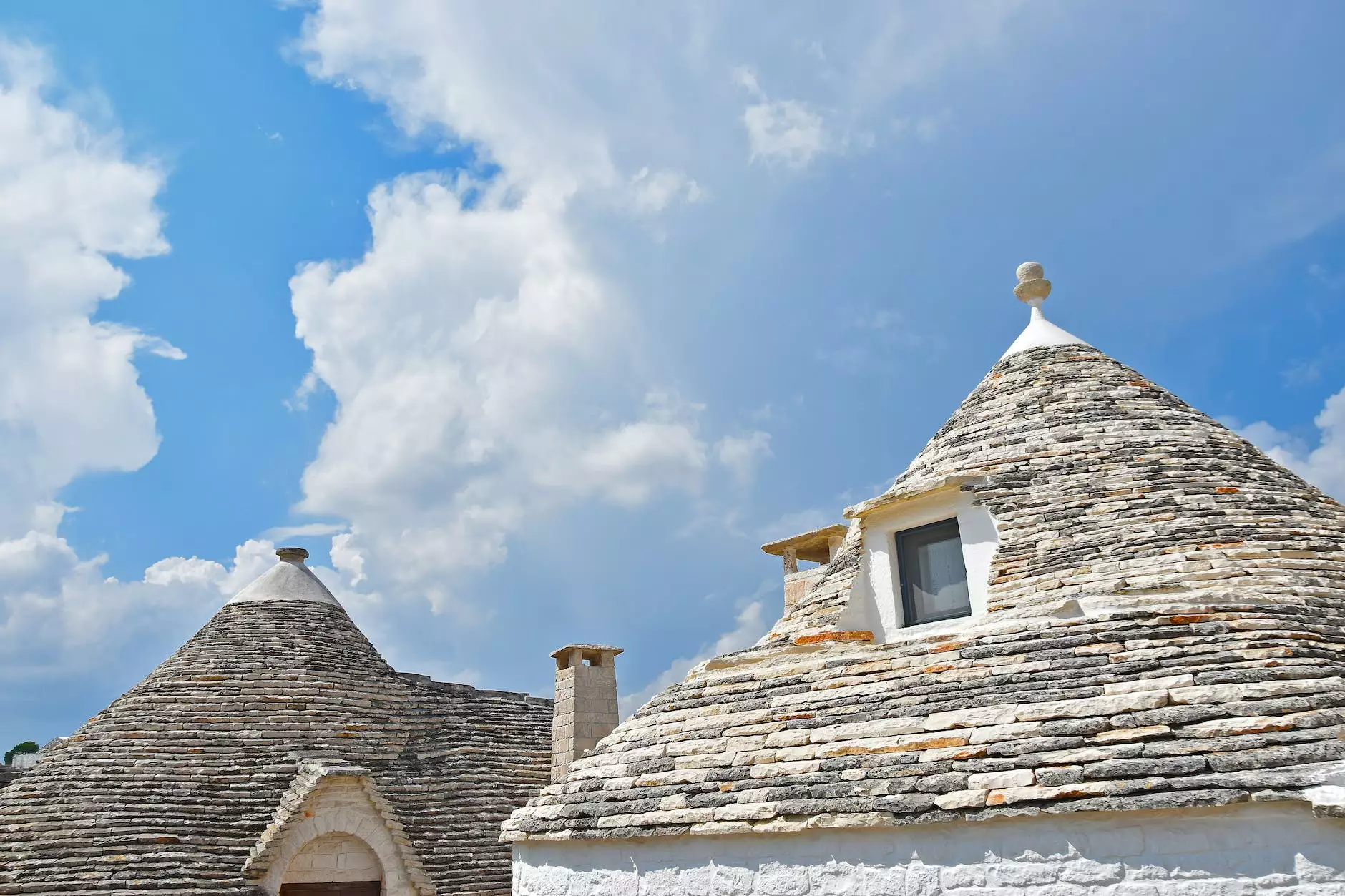Gable Roof vs. Hip Roof and The Differences Between Them
Roofing
Introduction
Welcome to Bio-One Atlanta's Learning Center! In this article, we will delve into the world of roofing and explore the differences between gable roofs and hip roofs. As a professional in the field of business and consumer services - cleaning, we understand the importance of a well-maintained and visually appealing roof. Let's get started!
What is a Gable Roof?
A gable roof, also known as a peaked or pitched roof, is one of the most common and recognizable roof styles. It consists of two sloping sides that meet at a ridge in the middle, creating a triangular shape. The triangular section formed by the sloping sides is called a gable.
What is a Hip Roof?
A hip roof, on the other hand, has slopes on all sides. Unlike a gable roof, there are no vertical gable ends. Instead, the slopes meet at a ridge, forming a gentle slope or hipped top. Hip roofs are known for their stability and durability, making them a popular choice in areas prone to high winds or hurricanes.
Differences in Design and Aesthetics
When it comes to design and aesthetics, gable roofs and hip roofs offer distinct features:
Gable Roof:
- A gable roof provides a classic and traditional look, often associated with residential homes.
- The triangular gable can be left as an empty space or filled with windows, adding natural light and ventilation.
- Gable roofs offer more space in the attic, making it easier to convert into living areas or for storage purposes.
- They are relatively easier and less expensive to construct compared to hip roofs.
Hip Roof:
- Hip roofs have a more modern and elegant appearance, enhancing the overall architectural appeal of a property.
- The absence of vertical gable ends reduces the risk of damage caused by winds and helps with water runoff.
- Since all sides have slopes, hip roofs provide better stability and load distribution, ideal for areas with harsh weather conditions.
- Despite having a higher cost of construction, hip roofs offer a longer lifespan and may result in lower maintenance expenses over time.
Functionality and Practical Considerations
Aside from the visual aspect, gable roofs and hip roofs also differ in terms of functionality:
Gable Roof:
- Due to their steep slopes, gable roofs shed water and snow efficiently, preventing accumulation and potential damage.
- They allow for better attic ventilation, reducing the risk of moisture-related issues such as mold or rot.
- Gable roofs create a larger attic space, providing more room for storage or potential living areas.
- However, the vertical gable end walls are more susceptible to wind damage, especially in areas with strong winds or hurricanes.
Hip Roof:
- Hip roofs have a more gradual slope, leading to increased stability during high winds and heavy storms.
- The absence of gable ends minimizes the risk of structural damage caused by wind uplift or strong gusts.
- Hip roofs provide excellent water drainage from all sides, reducing the likelihood of leaks or water-related problems.
- However, the complex design and additional materials required result in higher construction costs compared to gable roofs.
Choosing the Right Roof for Your Needs
When deciding between a gable roof and a hip roof, several factors come into play:
- Aesthetic Preference: Determine which roof style complements the overall architectural design and style of your property.
- Climate and Weather Conditions: Consider the prevalent weather patterns in your area and choose a roof that can withstand local climate challenges.
- Cost and Budget: Evaluate your budget and understand the potential long-term maintenance costs associated with each roof style.
- Functionality and Future Plans: Assess your specific needs, such as attic space requirements, potential renovations, or living areas.
Consulting with a professional roofing contractor, like Bio-One Atlanta, can help you make an informed decision based on your unique circumstances and requirements.
Conclusion
In conclusion, both gable roofs and hip roofs offer distinct characteristics and advantages. Your choice should be based on your aesthetic preferences, climate considerations, budget, and future plans for your property. Understanding the differences between the two roof styles will empower you to make an informed decision and enhance the overall appeal, functionality, and longevity of your home. Trust Bio-One Atlanta to provide expert advice and quality cleaning services for your roofing needs. Contact us today!









